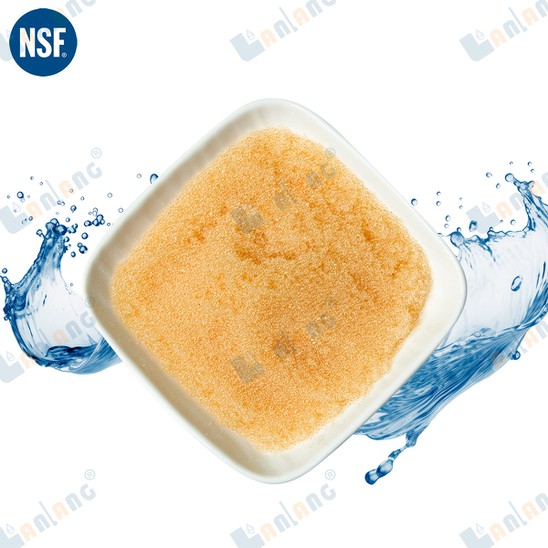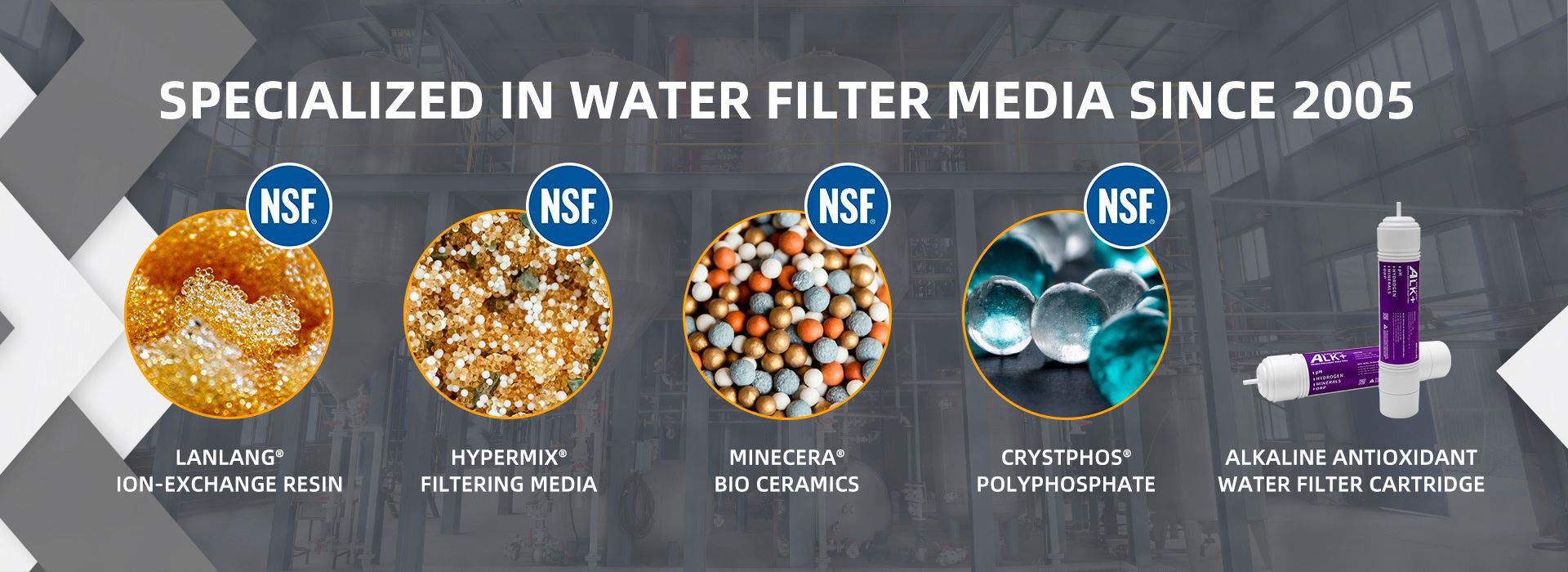
What types of ions can be removed with ion exchange resin?
Ion exchange resin is a popular method for removing certain types of ions from a solution. The resin works by exchanging its own ions for those in the solution, effectively removing them. But which types of ions can be removed with ion exchange resin? Let's take a closer look.
1. Cations:
Cations are positively charged ions that can be removed with ion exchange resin. Some common cations include calcium, magnesium, potassium, and sodium. These ions can cause hardness in water and can be detrimental in certain processes. Therefore, they are often removed with ion exchange resin.
2. Anions:
Anions are negatively charged ions that can also be removed with ion exchange resin. Some common anions include nitrate, sulfate, and chloride. These anions can cause issues in certain industrial processes and can also impact the quality of water. Ion exchange resin can effectively remove these anions from a solution.
3. Heavy metals:
Ion exchange resin can also be used to remove heavy metal ions from a solution. Heavy metals such as lead, cadmium, mercury, and arsenic can be toxic in certain amounts and therefore, their removal is crucial. Ion exchange resin is an effective method for removing heavy metal ions.
4. Radionuclides:
Radionuclides can also be removed with ion exchange resin. These are radioactive isotopes such as cesium, strontium, and uranium. Radionuclides can be harmful to human health and the environment, so their removal is of utmost importance. Ion exchange resin can effectively remove these radionuclides from a solution.


